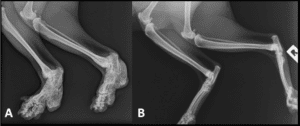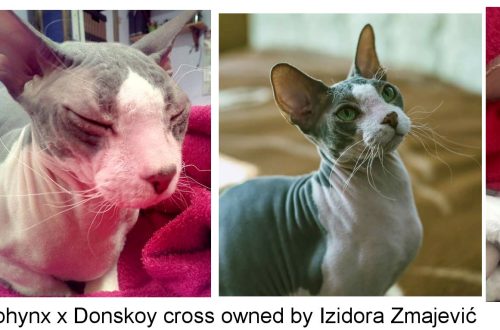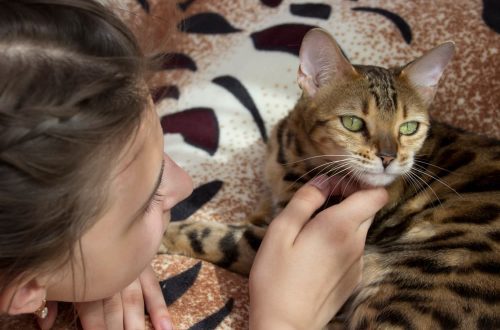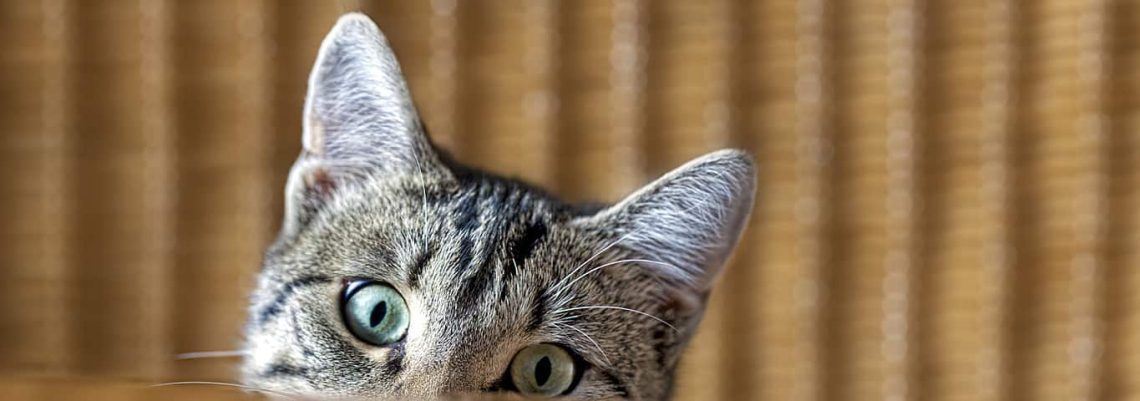
Emotions to the tips of the ears: why the cat shakes its ears and how it expresses its mood
Cats are expressive creatures that use verbal and non-verbal language to communicate with their owners. The ability to understand the behavior of a furry friend helps to distinguish the emotions that he expresses with his ears. The role of these parts of the body in the transmission of information is enormous.
Just as a cat communicates its thoughts and feelings with its tail, the movements of its ears also allow you to understand its emotions. “Like a high-tech satellite dish that rotates to receive a signal, the outer ear, or auricle, of a cat rotates 180 degrees, detecting and identifying even the faintest squeak, squeak or rustle,” Animal Planet reports.
By carefully observing the pet, you can notice a set of emotions that she expresses with the help of her ears, sometimes with a barely noticeable movement.
Contents
Neutral position
When the mood of the cat is not different, her ears look forward. They are in the so-called neutral position. So she is happy, relaxed and just wants to relax. This is a great moment to take advantage of her friendly mood, carefully take the cat in your arms and snuggle up to her!
 Protruding ears turned forward
Protruding ears turned forward
This means that the cat wants to pay close attention to what is happening around: “What is this noise? Who is there? What’s happening?”
Sometimes their ears even look in different directions! This ear position is often seen in animals that tend to patrol their home. They make excellent guard cats. In addition to self-confident, curious cats, a cat that is hunting or playing will point its ears forward, as it needs to collect as much auditory information as possible for a successful attack. Fluffy beauty pricked up her ears? It’s time for games.
Ear twitching
A cat that rolls its ears in quick, jerky movements is a hunter on a mission. As if continuing to move “up and forward”, she will twitch her ears and shake her buttocks when ready to attack. This is another great opportunity to let the cat follow its hunting instincts, while directing all its attention to the toys, and not the owner’s legs.
But if the cat often twitches its ears and touches them with its paw, you need to contact a veterinarian. Such a measure will help eliminate the possibility of ear mites or other health problems.
Flattened ears with tips pointing sideways
Why do cats flatten their ears? This means that the animal is scared or nervous and may lead to aggressive behavior. When the cat’s ears are in this position, she tries to tell the owner that she is uncomfortable and needs a little privacy. The pet can hide in her favorite place and stay there until she feels completely safe. It is important to respect her personal space.
Flattened ears with tips pointing outward
Why does a cat lower its ears and press them? According to Best Friends Animal Society, if a cat’s ears are in this position, it may be trying to communicate that it’s not feeling well. These animals are able to hide diseases, but this position of the ears will help to understand if the cat is suddenly sick.
If the owners have suspicions that the pet is not feeling well, it is necessary to pay attention to other manifestations of the disease. In particular, it is necessary to observe her eyes and tail. But it is better to immediately share concerns with a veterinarian.
 Ears fully flattened and turned back
Ears fully flattened and turned back
Why do cats put their ears back, and even press them? This means that the pet should be “left alone”, and indicates possible aggressive behavior. In this state, the cat may bite or scratch.
In a house where several cats live, pets behave this way when they quarrel. It is necessary to watch them and not encourage aggressive games. If the cat’s ears are in this position, it is best to move away from it so as not to get injured.
When it comes to learning a cat’s body language, it’s best to start with the ears. The cat’s ears move purposefully and reflect her emotions. Understanding the latter will allow you to fully communicate with your furry friend.



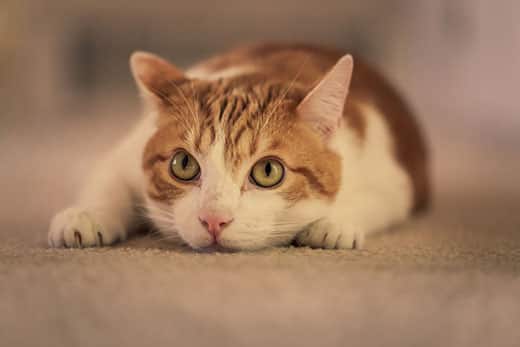 Protruding ears turned forward
Protruding ears turned forward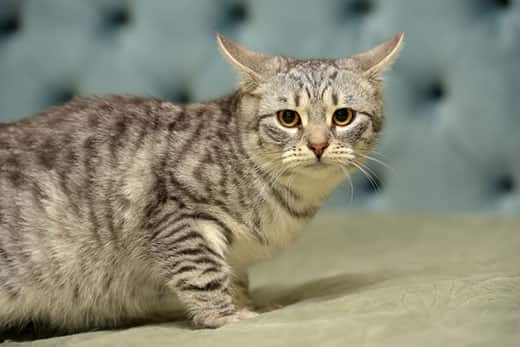 Ears fully flattened and turned back
Ears fully flattened and turned back